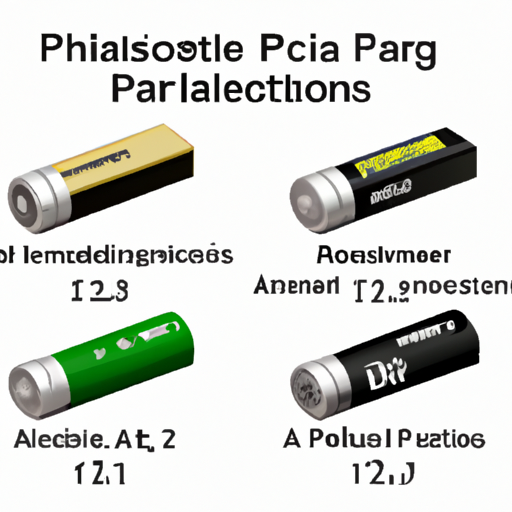P-11AAHF7 Rechargeable Batteries: Core Functional Technologies and Application Development Cases
Rechargeable batteries, also known as secondary batteries, are essential in powering a wide array of devices, from consumer electronics to electric vehicles. The P-11AAHF7 designation likely refers to a specific type of rechargeable battery, potentially a nickel-metal hydride (NiMH) or lithium-ion (Li-ion) variant. Below, we explore the core functional technologies, application development cases, and relevant articles that highlight the effectiveness of rechargeable batteries.
Core Functional Technologies
| 1. Lithium-Ion Technology | |
| 2. Nickel-Metal Hydride (NiMH) Technology | |
| 3. Solid-State Batteries | |
| 4. Battery Management Systems (BMS) | |
| 1. Consumer Electronics | |
| 2. Electric Vehicles (EVs) | |
| 3. Renewable Energy Storage | |
| 4. Medical Devices | |
| 1. "Advancements in Lithium-Ion Battery Technology" | |
| 2. "The Future of Solid-State Batteries" | |
| 3. "Battery Management Systems: Ensuring Safety and Efficiency" | |
| 4. "The Role of Rechargeable Batteries in Renewable Energy" | |
Application Development Cases
Articles and Research
Conclusion

Rechargeable batteries, particularly lithium-ion and NiMH technologies, are vital to the advancement of modern technology. Their applications span diverse sectors, including consumer electronics, electric vehicles, renewable energy, and medical devices. Ongoing research and development in battery technology continue to enhance performance, safety, and environmental impact, paving the way for a more sustainable future. The P-11AAHF7 designation represents a specific instance of this technology, underscoring the importance of rechargeable batteries in our daily lives and the broader technological landscape.
P-11AAHF7 Rechargeable Batteries: Core Functional Technologies and Application Development Cases
Rechargeable batteries, also known as secondary batteries, are essential in powering a wide array of devices, from consumer electronics to electric vehicles. The P-11AAHF7 designation likely refers to a specific type of rechargeable battery, potentially a nickel-metal hydride (NiMH) or lithium-ion (Li-ion) variant. Below, we explore the core functional technologies, application development cases, and relevant articles that highlight the effectiveness of rechargeable batteries.
Core Functional Technologies
| 1. Lithium-Ion Technology | |
| 2. Nickel-Metal Hydride (NiMH) Technology | |
| 3. Solid-State Batteries | |
| 4. Battery Management Systems (BMS) | |
| 1. Consumer Electronics | |
| 2. Electric Vehicles (EVs) | |
| 3. Renewable Energy Storage | |
| 4. Medical Devices | |
| 1. "Advancements in Lithium-Ion Battery Technology" | |
| 2. "The Future of Solid-State Batteries" | |
| 3. "Battery Management Systems: Ensuring Safety and Efficiency" | |
| 4. "The Role of Rechargeable Batteries in Renewable Energy" | |
Application Development Cases
Articles and Research
Conclusion

Rechargeable batteries, particularly lithium-ion and NiMH technologies, are vital to the advancement of modern technology. Their applications span diverse sectors, including consumer electronics, electric vehicles, renewable energy, and medical devices. Ongoing research and development in battery technology continue to enhance performance, safety, and environmental impact, paving the way for a more sustainable future. The P-11AAHF7 designation represents a specific instance of this technology, underscoring the importance of rechargeable batteries in our daily lives and the broader technological landscape.













